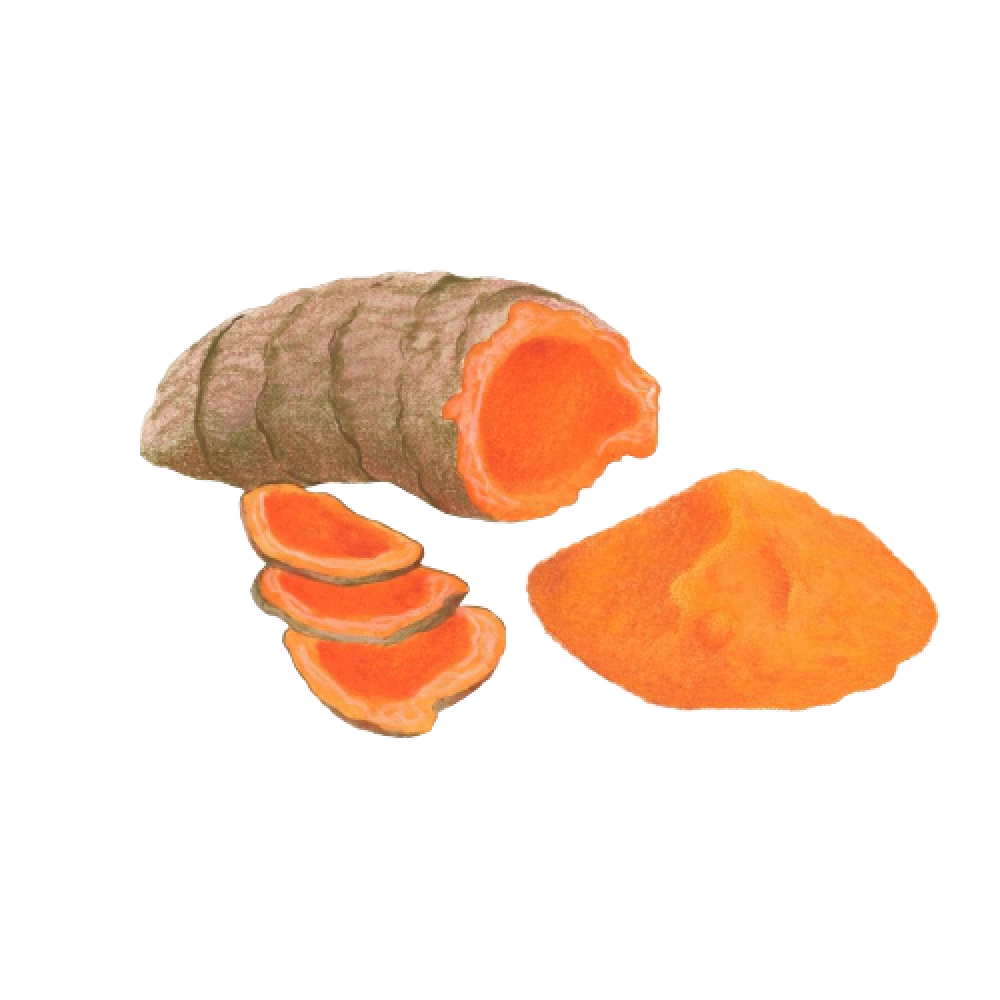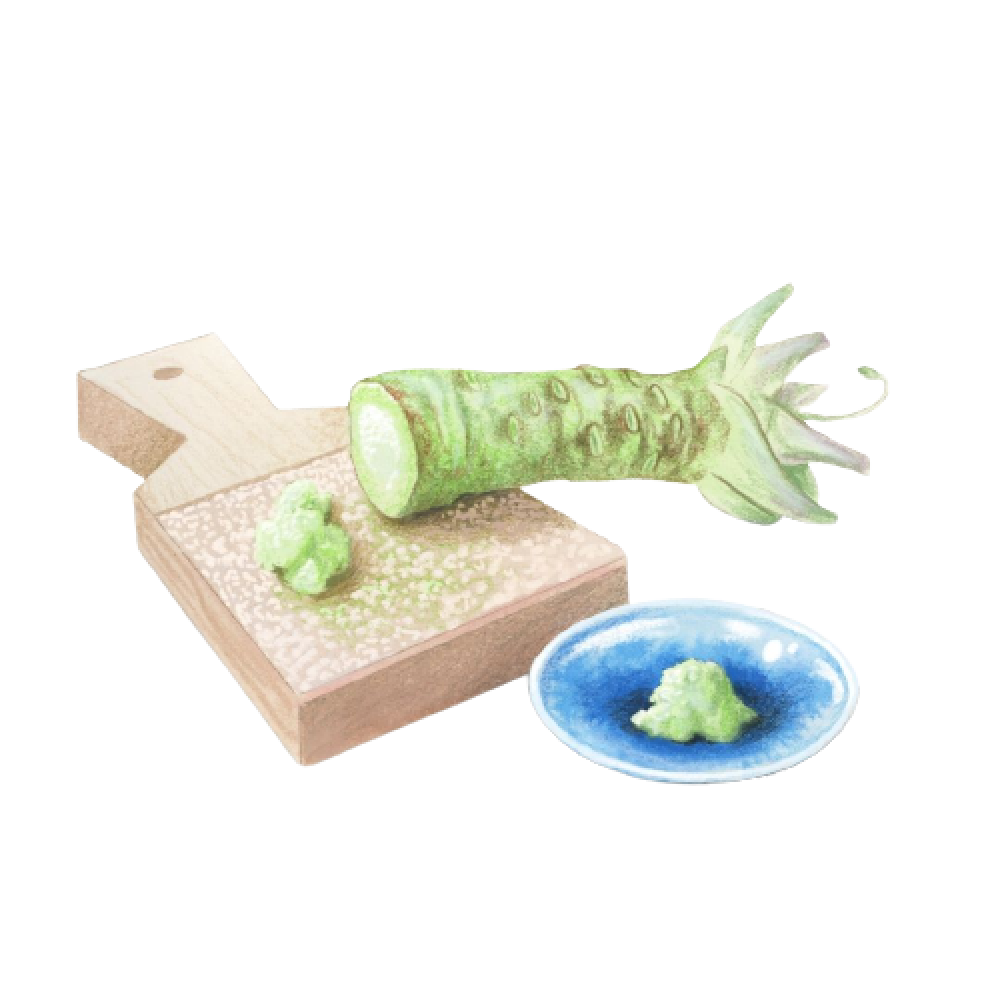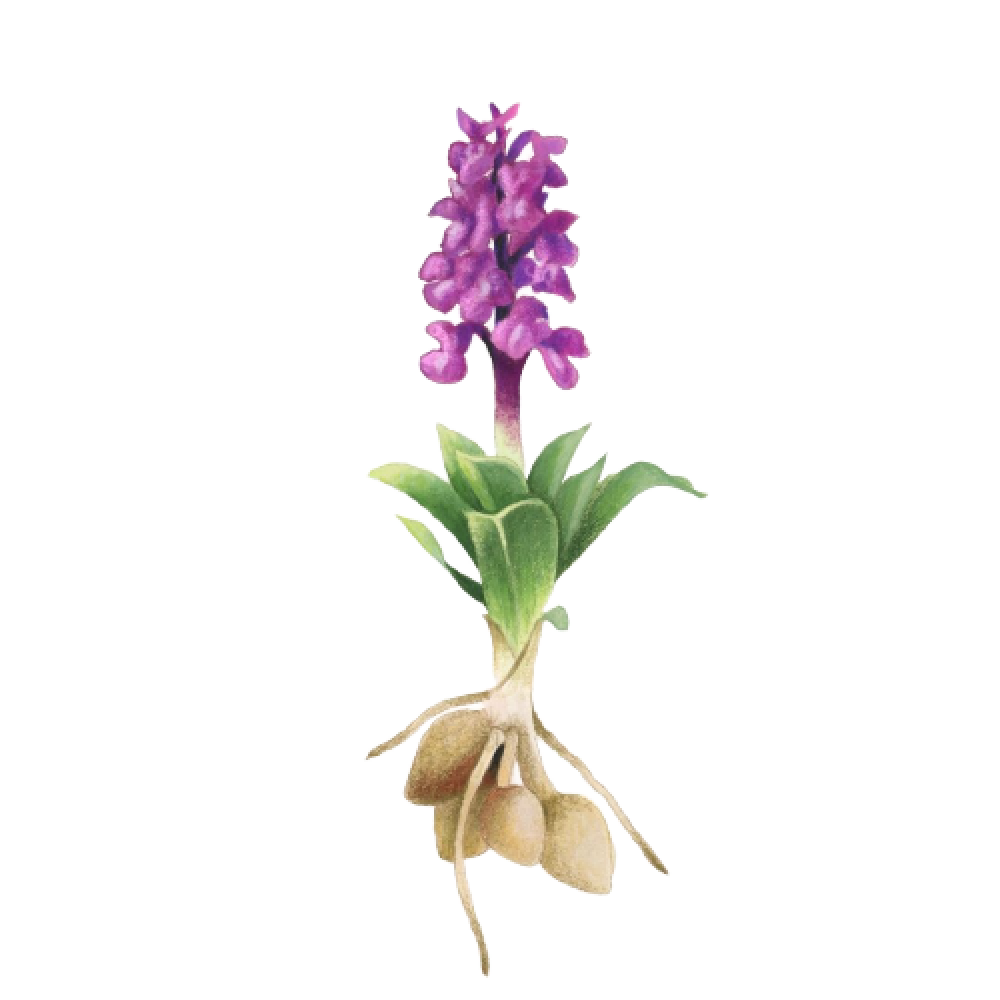Home cooks in the U.S. may be most familiar with ginger, but there are numerous roots and rhizomes, which grow horizontally in the soil, used around the world to add bold flavor to cooking. Many can be quite pungent, offering concentrated bursts of flavor, particularly when grated, a process that releases the flavor compounds. Here is a sampling of some of the most common.

GALANGAL
Commonly used in Southeast Asian cuisines, this knobby rhizome resembles ginger, but has distinctive rings encircling its ivory skin. It also has a sharper citrus flavor and spicy, pine quality that is an essential ingredient in tom yum soup and many Thai curries. It also can be used to mask fishy flavors in seafood. Grating or slicing it very thinly is recommended due to its otherwise unpleasantly fibrous texture.
TURMERIC
Recognizable by its vibrant yellow-orange color, turmeric is one of the defining spices of South Asian cuisine, as well as an important ingredient in Ayurvedic medicine. Native to India and Indonesia, the spice most often is sold as a powder, but also comes fresh as a segmented rhizome that will leave stains once the papery skin is removed. Its pungent, earthy bitterness adds a peppery depth to curries and pairs well with roasted root vegetables.


LICORICE
The sophisticated herbal flavor and anise-fennel aroma of this root work as well in sweet dishes as in savory ones. Usually sold as a long, thin, woody stick—or ground to a powder known as jethimadh in Indian cuisine—the root is best steeped in hot liquid to infuse a syrup, tea or oil, then removed before serving. Though it’s most often associated with candy from licorice-loving northern Europe, the plant is native to a large area stretching from the Mediterranean through the Middle East to China.
WASABI
The pungent condiment comes from the thick, rough stem that shoots up from this rhizome, which is cultivated in covered plots in shallow rivers in central Japan. Fresh wasabi—traditionally grated on an oroshiki, a paddle wrapped in sharkskin—begins to lose its trademark pungency within 15 minutes, which explains why the best restaurants tuck it between the rice and fish to preserve the aroma. However, it’s estimated only 5 percent of the spicy green condiment served alongside sushi worldwide is the real thing. It usually is horseradish mixed with mustard and cornstarch, then dyed green


SAHLEP
The roots of wild Turkish orchids are ground into a starchy flour that has a neutral, lightly floral aroma. The powder most often is mixed with warm milk, cinnamon and sometimes mastic or pistachios to create a creamy, thick winter drink. But it now is making its way into modern recipes for milk pudding and cheesecake, and it gives an elastic quality to ice cream. The increased demand has endangered some orchid species to such an extent that the export of genuine sahlep has been restricted.








